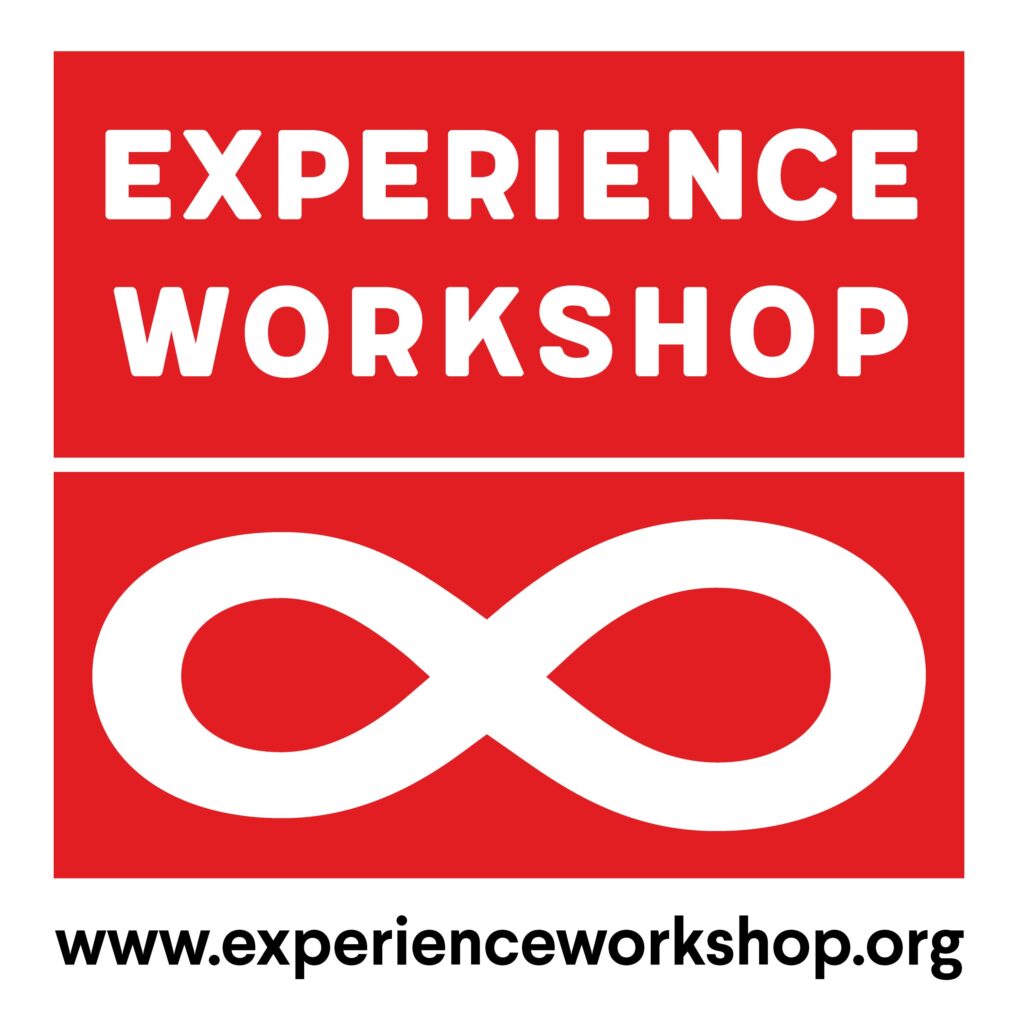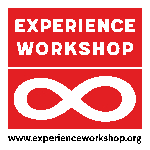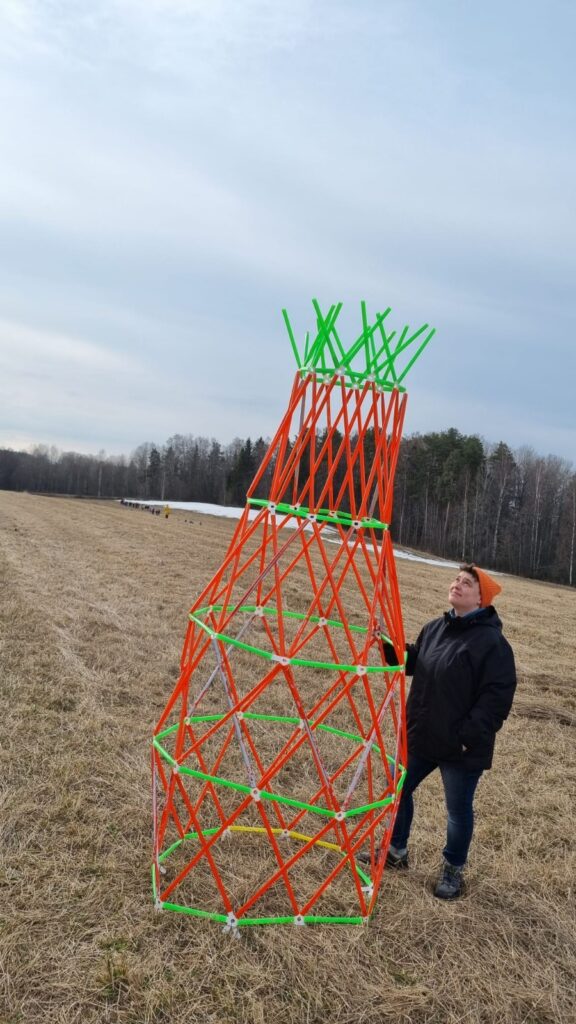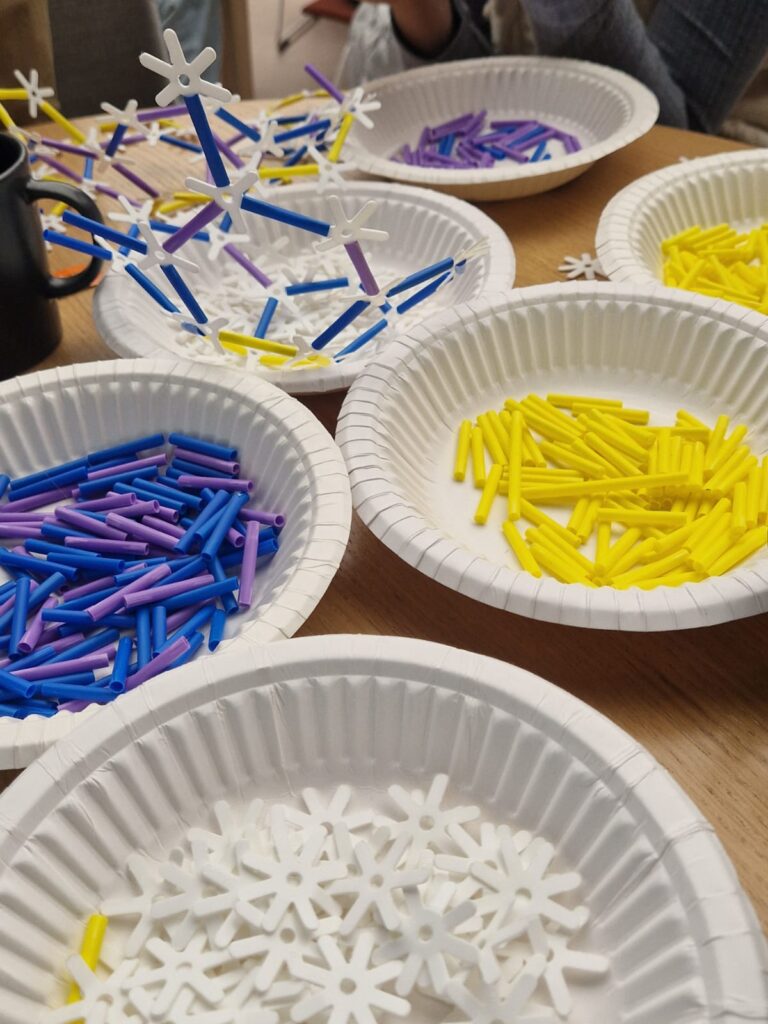The 4D Frame material system is a versatile, modular construction tool designed to provide insights across various educational fields. It enables three-dimensional modeling of geometric and technical structures and is particularly suited for fostering creative problem-solving skills, spatial reasoning, and engineering understanding among children, adolescents, and students.
The Warka Water Tower is an initiative for sustainable construction aimed at extracting drinking water from atmospheric humidity—particularly in remote, arid regions with no access to safe water sources. The project was developed by Italian architect Arturo Vittori and his team, with the goal of combating water scarcity in rural areas of Africa.
The structure utilizes the condensation of moisture from the air to collect water. The tower consists of a lightweight bamboo or biopolymer frame that encloses a special mesh membrane. This mesh material is hydrophilic and enables the condensation of water droplets from fog or humidity. The collected water then drips into a container at the base of the tower. As part of a construction-based learning activity using 4D Frame material, I conducted a workshop with preschool children aged 6 to 7 on the topic “Water Harvesting with the Warka Water Tower.”
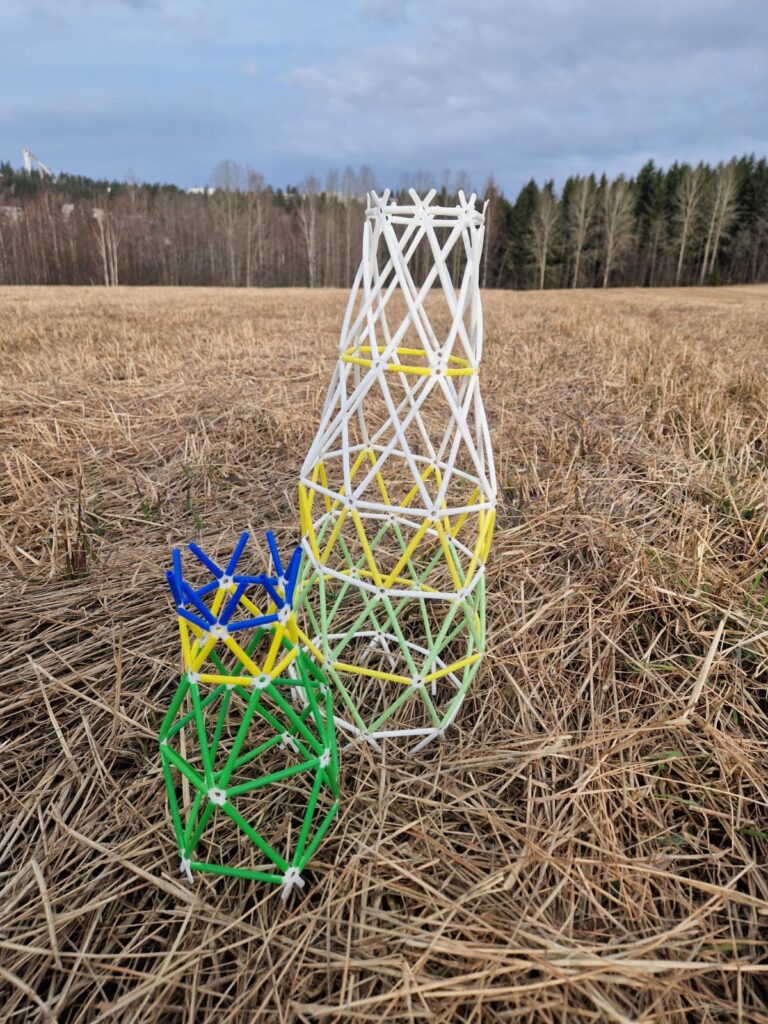
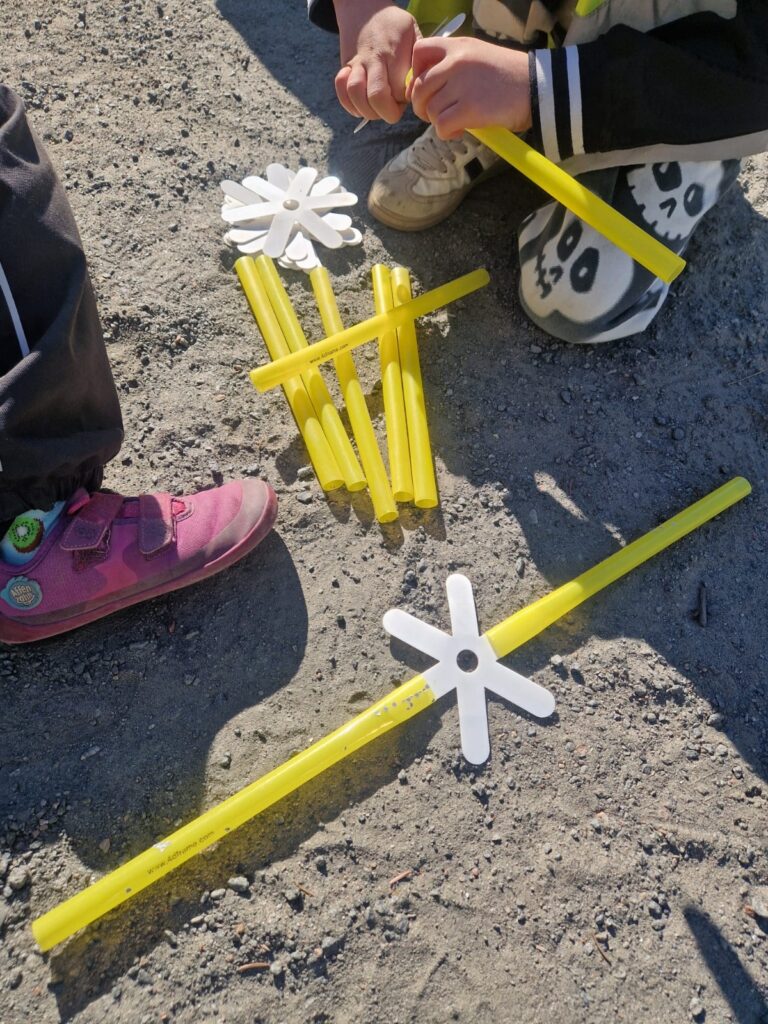
The goal of this activity was to introduce the children to basic principles of structural engineering and to provide a first understanding of sustainable solutions for water supply—embedded in a hands-on learning experience using the 4D Frame construction material.
The activity took place outdoors and was carried out through three 60-minute workshops. The group sizes were 19 children in one session, and 7 and 8 children in the other two. Conducting the sessions outside gave the children freedom of movement, ample space for large-scale building, and a wide range of sensory experiences.
Before the sessions began, I prepared the 4D Frame material so that the children would find a structured and organized learning environment. This prepared setting served as both a guide and a supportive starting point for exploring the topic in a focused yet open way.
At the beginning of the workshop, I introduced the topic “Warka Water Tower” in a child-friendly manner. Using visual materials, I was able to establish a real-world connection and spark initial curiosity about water, sustainability, and global learning. The children quickly showed strong intrinsic motivation and genuine interest in the topic.
In the following discussion, we explored the 4D Frame components together. The children were encouraged to form initial hypotheses about what might be built with the materials. This promoted essential foundational skills such as spatial reasoning, visual differentiation, and motor planning. As the workshop progressed, we began the cooperative construction process of the model.
Step by step, a replica of the Warka Water Tower took shape. Children assumed responsibility for specific tasks, developed problem-solving strategies, and supported one another throughout. This process clearly fostered social competencies such as communication, negotiation, and teamwork.
A particular highlight was the completion of the model: children were not only able to view the tower, but also to enter it and experience it from the inside out. This shift in perspective enabled a holistic experience of space and promoted a foundational understanding of architecture in the context of early childhood STEAM education. Children’s feedback showed great enthusiasm and a strong sense of identification with the product. The activity was characterized by exploration, self-initiated action, and inquiry-based learning—central elements of developmentally supportive education in early childhood.

